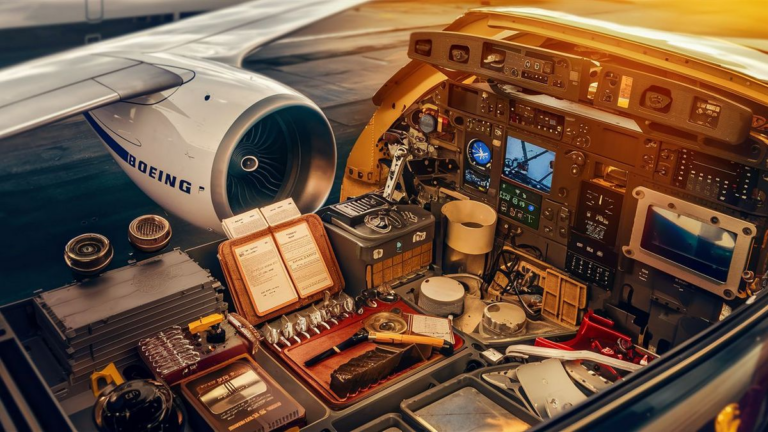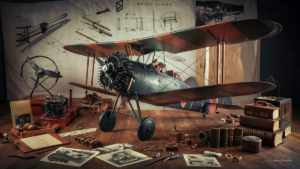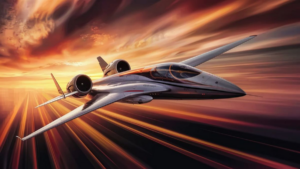When it comes to the capabilities of modern aircraft like the Boeing 777, one of the critical questions that often arises is whether such a plane can continue to fly safely with only one engine operational. Let’s delve into this topic to understand the complexities and safety measures involved.
The Boeing 777: A Marvel of Engineering
The Boeing 777, known for its advanced technology and reliability, is a twin-engine jetliner widely used for long-haul flights across the globe. With its innovative design and redundant systems, the 777 has earned a stellar reputation for safety and performance in the aviation industry.
Engine Redundancy and Safety Measures
Although the Boeing 777 is designed to operate with two engines, it is equipped with robust safety features to ensure continued flight in the rare event of an engine failure. These features include:
- Redundant Systems: The 777 is equipped with redundant systems and backup mechanisms to compensate for the loss of an engine.
- Engine Out Procedures: Pilots are trained extensively in engine-out procedures, enabling them to safely manage the aircraft with only one engine operating.
- Performance Calculations: Flight computers on board the 777 continuously calculate the aircraft’s performance, taking into account factors such as weight, altitude, and weather conditions to optimize single-engine operation.
Flight Safety Regulations and Certification
Before an aircraft like the Boeing 777 is certified for commercial operation, it undergoes rigorous testing and certification processes mandated by aviation authorities such as the Federal Aviation Administration (FAA) in the United States and the European Union Aviation Safety Agency (EASA). These regulatory bodies set stringent requirements to ensure the safety and reliability of aircraft in all operational scenarios, including single-engine operations.
Real-World Scenarios
While engine failures are extremely rare due to the high level of maintenance and stringent safety standards in the aviation industry, there have been instances where Boeing 777 aircraft have successfully landed with only one engine functioning. These incidents underscore the effectiveness of the aircraft’s design and the skill of the flight crews in managing emergencies.
In conclusion, while the idea of a Boeing 777 flying with only one engine may seem daunting, the reality is that the aircraft is equipped with the necessary technology and safety measures to handle such situations with precision and reliability. The combination of advanced engineering, rigorous certification processes, and skilled pilots ensures that the Boeing 777 remains one of the safest and most reliable aircraft in commercial aviation.
Emergency Response Training
In addition to engine redundancy and safety measures, flight crews undergo extensive emergency response training to handle various scenarios, including engine failures. This training equips them with the skills and knowledge to make quick decisions and execute appropriate procedures to ensure the safety of passengers and crew.
Impact on Flight Performance
While the Boeing 777 can continue to fly with one engine, it does experience a reduction in performance. Pilots must carefully manage factors such as speed, altitude, and fuel consumption to maintain stability and reach a suitable airport for landing.
Factors Affecting Flight Performance with One Engine
| Factor | Impact |
|---|---|
| Speed | Reduced speed due to increased drag |
| Altitude | Gradual descent to maintain safe altitude |
| Fuel Consumption | Increased fuel consumption to compensate for loss of thrust |
Frequently Asked Questions
- Can a Boeing 777 safely land with only one engine?
Yes, the Boeing 777 is equipped with redundant systems and safety measures to ensure safe operation with one engine. - How often do engine failures occur on the Boeing 777?
Engine failures on the Boeing 777 are extremely rare due to rigorous maintenance and safety standards. - What happens during an engine failure?
During an engine failure, pilots follow specific procedures to maintain control of the aircraft and safely land at the nearest suitable airport.
See also:






